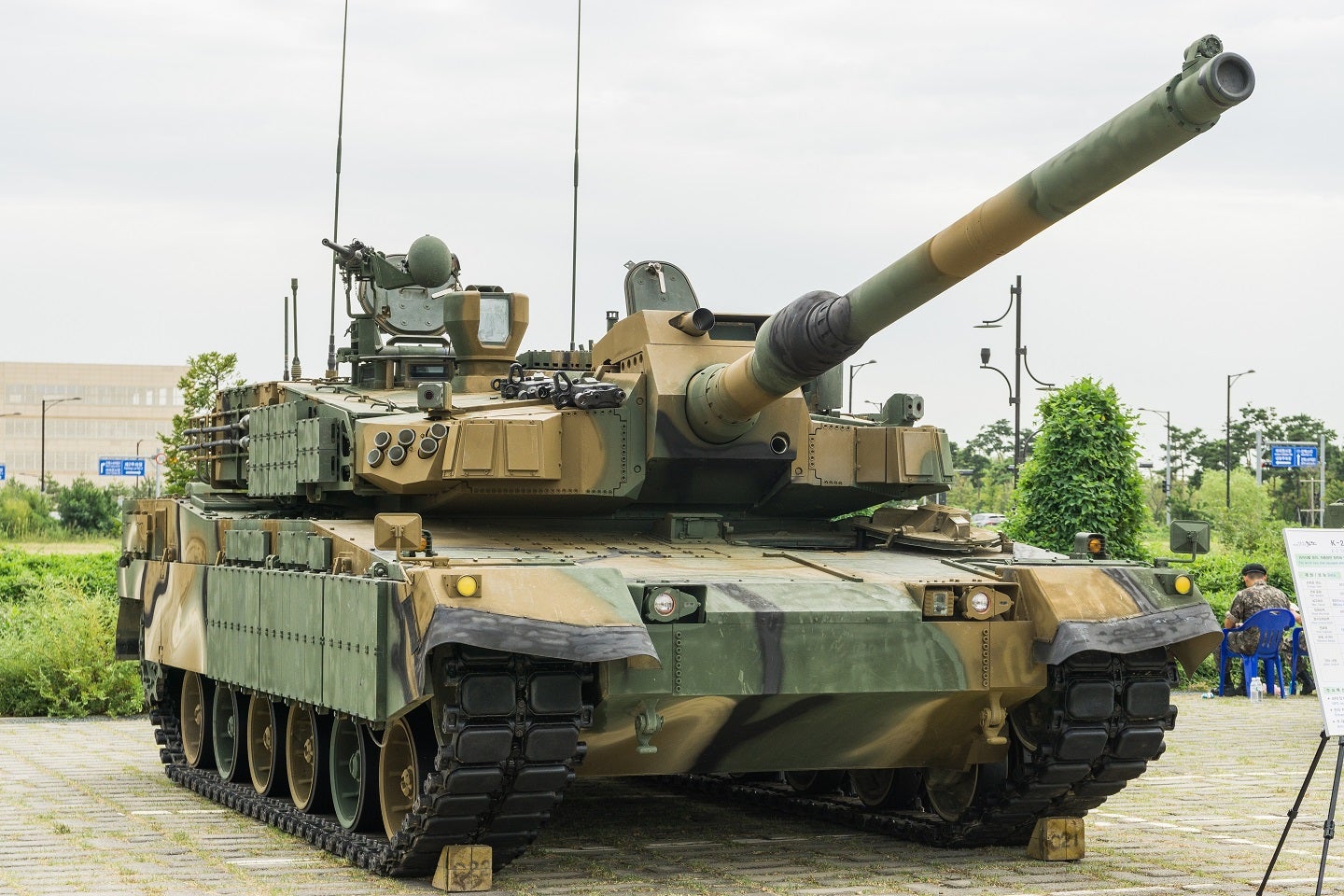
Poland is reshaping its defence posture. Since the start of the Russia-Ukraine war in February 2022, Poland’s defence spending has shot up, it is rapidly procuring the latest kit, and it is shaping Europe’s foreign policy. A significant part of the new defence posture involves dipping into several different markets, most notably in South Korea.
Defence markets in the US and Europe have supplied military equipment to Poland, and the rest of the world, but the Polish government has turned an eye to the Asia-Pacific region, where a lot of beneficial deals for innovative platforms have emerged. As a matter of fact, in its latest report on ‘Poland’s Defence market, 2023-2028’, GlobalData tells us that the US and now South Korea are to be the primary suppliers of the Polish Ministry of Defence, both offering large industrial co-operation in some cases.
Poland’s off-the-shelf purchase of 180 South Korean K2 Black Panther main battle tanks (MBTs) is expected to be followed by a further 920 MBTs made domestically in Poland from 2026 under a major technology sharing agreement.
This deal marks the Polish path out as a unique plan that bolsters its security at the cost of distancing itself from standard platforms that come out of the European market.
Distancing from Europe
Most recently, Norway procured 54 German Leopard 2A7 MBTs in early February, with an option for a further 18 Leopards. This was a contentious decision that pitted the K2 against the 2A7 at the time. As Norway follows the rest of its European counterparts in endorsing the European market, Poland remains an outlier.
Poland’s decision comnbines fast acquisition of sophisticated and up-to-date platforms with the option to grow its own internal industrial base through the adoption of the South Korean K2 as a model. Of course, this will preclude the Polish market from other western European consumers that have adopted German MBTs, but as Poland’s neighbours – such as Romania, and other post-Soviet nations – also seek to modernise out of insecure necessity at a rapid pace, adopting theoff-the-shelf K2 model will help to transform them as quickly as it has to Poland. So Poland may find prospective consumers close to hand.
Poland’s sovereign industrial base
As Poland diversifies its equipment list, it could begin to emulate a sovereign industrial base such as the expansion we see in Australia. There is already growing hype around the Polish military procurement plan in the defence sector, which is widely believed to be a centre of gravity for European defence.
In time, the Polish defence industry could integrate more closely with the US, its most important ally in the same way as Australia, a country that now sources advanced technologies through AUKUS.
Poland’s strategy works within the context of the current security climate. Countries around the world are looking to integrate with allies and partners, this certainly goes for the US Department of Defense, which considers the policy a key strategic objective in constraining China’s military aggression.
With a will to secure Poland, located on Nato’s eastern flank, its allies and partners are keen to support it as much as neighbouring Ukraine. The K2 is not totally outside the realm of interoperability with Poland’s European allies; the 120mm gun of the South Korean MBT can fire a variety of munitions, including standard Nato rounds.
Poland’s grand strategy almost seems to leave no opportunity for error. The country is quickly stockpiling when its allies and partners are struggling, and has formed the beginnings of a sovereign industrial base to sustain its ambitious, but necessary efforts.




